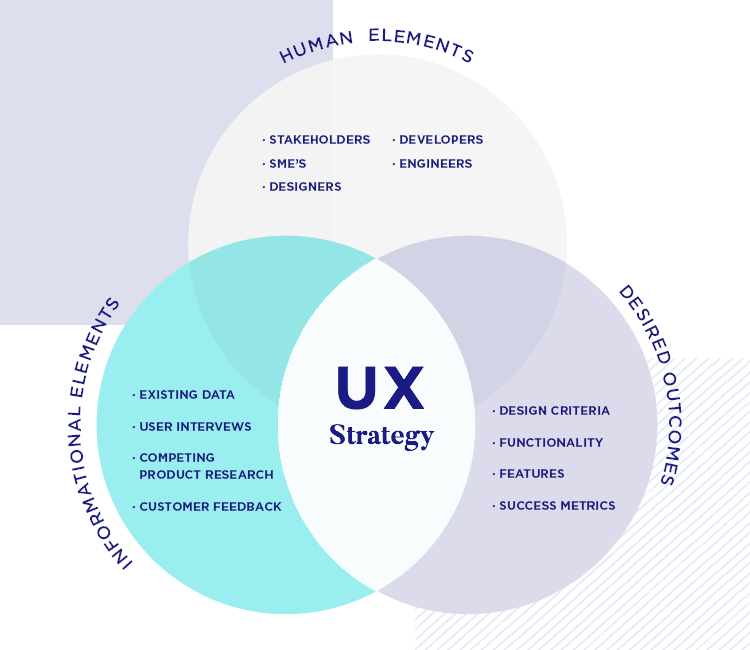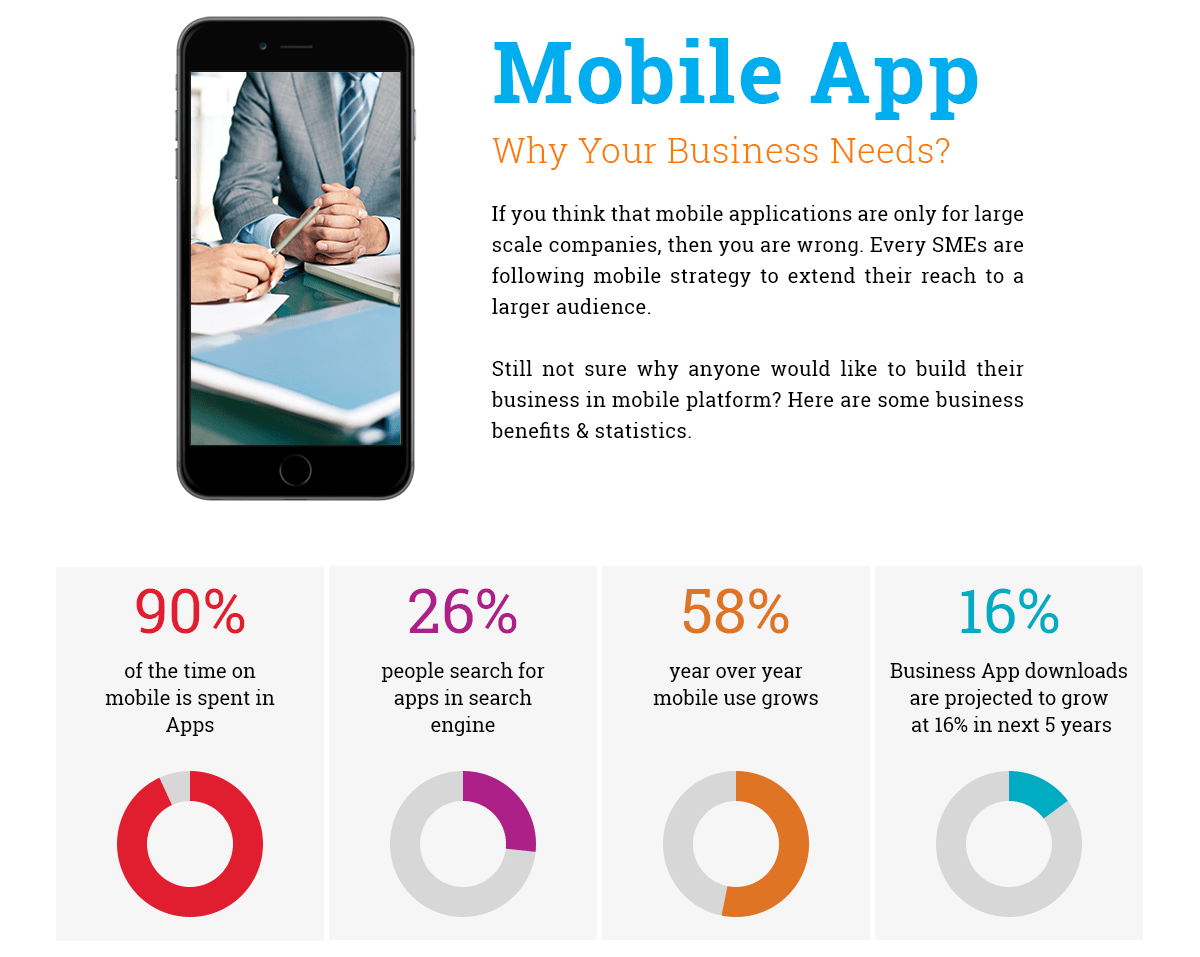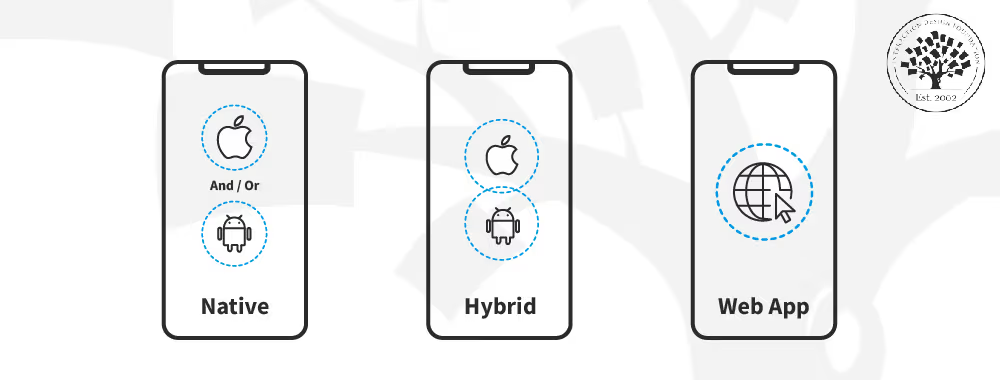In an era marked by rapid digital transformation, businesses of all sizes are rethinking their financial operations to stay competitive and efficient. One key area ripe for modernization is billing and invoicing—where paper, printing, and manual data entry are giving way to electronic systems that can drastically cut costs, reduce errors, and expedite payment cycles. This is where e invoicing solutions come in. From small startups to large enterprises, organizations worldwide are embracing electronic invoicing (e-invoicing) as a game-changer in their financial workflows.
In this comprehensive article, we will explore the nuances of e-invoicing solutions, including how they work, their benefits, best practices, common challenges, and real-world experiences. By the end, you should have a clear understanding of why e-invoicing has become a cornerstone of modern finance operations—and how you can leverage these solutions to your advantage.
Understanding E-Invoicing Solutions
E-invoicing solutions involve creating, sending, receiving, and processing invoices electronically rather than on paper. While traditional invoicing often requires printing or scanning, emailing PDF attachments, and manual data entry, e-invoicing centralizes these steps into a secure, automated system.
According to the Billentis Report, global e-invoicing volumes are growing exponentially, with significant adoption across Europe, Latin America, and, more recently, North America and Asia. As governments step in to standardize tax reporting and invoice formats, more and more businesses are mandated (or strongly encouraged) to switch from manual billing methods to digital platforms.
Key Characteristics of E-Invoicing Solutions
- Automation: Minimizes manual data entry by capturing invoice data electronically and integrating with accounting or Enterprise Resource Planning (ERP) systems.
- Compliance: Adheres to local and international legal requirements, tax laws, and e-invoicing regulations.
- Standardized Formats: Leverages uniform data fields, making cross-border invoicing and data exchange more seamless.
- Real-Time Processing: Facilitates near-instant invoice creation and transmission, expediting approvals and payments.
- Security: Uses encryption, digital signatures, and access controls to ensure sensitive financial data is protected.
The Rise of E-Invoicing: Why Now?
Modern businesses face increasing pressure to accelerate their cash flow, cut operational costs, and maintain compliance with complex regulatory frameworks. Paper-based processes can be slow, prone to human error, and expensive to manage. In contrast, e-invoicing promises:
- Faster Payments: Digital documents are processed quicker; buyers can approve and pay within days instead of weeks.
- Reduced Costs: Eliminates expenses related to printing, postage, and storage. According to PayStream Advisors, e-invoicing can cut invoice processing costs by more than 60%.
- Improved Cash Flow Management: Real-time insights into outstanding invoices and payments help optimize working capital.
- Enhanced Compliance: Built-in compliance features ensure invoices meet local tax regulations, reducing audit risk.
- Scalability: Suitable for organizations at all stages, from mom-and-pop shops to multinational corporations.
With the ongoing digital shift, cloud-based e invoicing solutions have emerged as an accessible, affordable option for businesses that want to quickly replace traditional billing systems with a modern digital infrastructure.
Key Benefits of E-Invoicing Solutions
- Efficiency Gains
By automating repetitive tasks—such as data entry, invoice matching, and manual verification—e-invoicing solutions free up employees to focus on higher-value activities like strategic financial analysis or building supplier relationships. - Error Reduction
Human data entry can introduce typos, duplicate records, and other mistakes. E-invoicing relies on machine-readable data formats and validation rules, ensuring fewer errors and more accurate records. - Faster Payment Cycles
Many e-invoicing solutions come with built-in features like early payment discounts and automated reminders. These functions incentivize faster payments and allow businesses to manage cash flow more effectively. - Eco-Friendliness
An often-overlooked benefit of going paperless is the positive environmental impact. A significant reduction in paper usage not only saves trees but also reduces the carbon footprint associated with printing, shipping, and physical storage. - Better Collaboration
E-invoicing platforms often incorporate dashboards and communication tools for buyers and suppliers. This collaborative environment enhances transparency, reduces disputes, and increases trust along the supply chain.
Core Features to Look for in E-Invoicing Solutions
While each e-invoicing platform has unique selling points, a few core features are essential to ensure high ROI and compliance:
- Integration with Existing Systems
Look for solutions that offer plug-and-play connections (APIs, connectors) to your existing ERP, accounting software, and even CRM tools. Seamless integration prevents data silos and reduces redundancies. - Security and Compliance
Opt for software that offers encryption, role-based access, digital signatures, and compliance with standards like PEPPOL (Pan-European Public Procurement Online) or local tax regulations. A robust security framework is non-negotiable when dealing with sensitive financial information. - Scalability
Whether you’re a small business with a few dozen invoices a month or a corporation issuing thousands of invoices daily, the solution should adapt to handle your invoice volume efficiently. - User-Friendly Interface
Even the most feature-rich software can underperform if it’s overly complex. Choose a platform that is intuitive, offers role-based dashboards, and reduces friction in day-to-day operations. - Multiple Payment Options
Payment gateways, credit card processing, bank transfers, and digital wallets should be supported. This flexibility allows your customers to settle invoices through their preferred payment channels. - Reporting and Analytics
Real-time reporting on invoice status, payment timelines, and outstanding amounts empowers businesses to optimize cash flow and financial strategies.
Common Pitfalls and How to Avoid Them
Adopting any new technology can come with challenges. Here’s how to navigate potential pitfalls in deploying e invoicing solutions:
- Lack of Employee Training
Without proper training, employees may resist change or fail to leverage all features. Implement an onboarding program and provide ongoing support. - Inadequate Vendor Evaluation
Not all e-invoicing providers are the same. Before selecting a platform, assess long-term costs, contract flexibility, and reviews from existing customers. - Ignoring Regulatory Requirements
E-invoicing laws differ across regions. For instance, countries like Brazil and Mexico have strict guidelines. Understand these requirements and work with a solution that guarantees compliance. - Underestimating Data Migration
Migrating historical invoices can be tedious and error-prone. Develop a structured plan for data migration and take advantage of vendor support, if offered. - Security Gaps
A single security breach can compromise your company’s financial data. Ensure robust encryption, identity management, and threat monitoring are in place.
Best Practices for Successful Implementation
- Conduct a Needs Assessment
Evaluate current invoicing processes. Identify bottlenecks, pain points, and future growth targets before scouting for solutions. - Involve Stakeholders Early
Finance teams, IT personnel, and end-users should all provide input to ensure the chosen platform meets practical needs. - Pilot the Solution
Launch the e-invoicing solution with a smaller subset of invoices or departments first. Gather feedback, resolve issues, then roll out broadly. - Create Clear Policies
Outline guidelines for invoice approvals, exceptions, and payment protocols. Having well-defined processes reduces confusion and aligns teams. - Continuous Improvement
Leverage reporting and analytics to spot inefficiencies. Update policies, workflows, and user training as your business scales or regulations change.
Examples of Leading E-Invoicing Solution Providers
- SAP Ariba
Offers extensive integration with SAP ERP systems, coupled with supplier management features. Known for its comprehensive network and global compliance capabilities. - Coupa
Primarily focuses on procurement management with a robust invoicing module. It provides real-time visibility and integrates seamlessly with multiple ERP systems. - FreshBooks
A user-friendly platform designed for small to medium-sized businesses. It streamlines invoicing, expense tracking, and payment collection. - Tipalti
Specializes in global payables automation, including e-invoicing, supplier management, and cross-border payments. - Bill.com
Offers a straightforward interface, real-time approvals, and accounting integration—ideal for smaller businesses or startups looking to transition quickly to paperless invoicing.
Real-World Reviews
- EcoGrow Inc. – A medium-sized agricultural supplier
“Switching to e-invoicing cut our billing cycle in half. Now, invoices are processed the same day they’re issued. We can quickly see outstanding balances and follow up on late payments. The initial investment paid for itself in a few months.” - TechNova Solutions – IT consulting firm
“The biggest win for us was the reduced error rate. Before e-invoicing, we dealt with countless invoice disputes due to manual typos. Now, with automated matching and validation, disputes are down by 80%.” - Bloom & Co. – Boutique floral design studio
“We’re a small team, so adopting a cloud-based invoicing system was a game-changer. Our clients receive invoices instantly, can pay online, and we get immediate notifications. Plus, less paperwork means less clutter and lower office expenses.”
Frequently Asked Questions (FAQ)
Q1: What exactly is e-invoicing?
Answer: E-invoicing is the process of issuing, transmitting, and receiving invoices electronically rather than in paper format. It leverages digital formats that are easily integrated with accounting and ERP systems.
Q2: Do e invoicing solutions work for small businesses?
Answer: Absolutely. Although enterprise companies often lead the charge in digital transformation, many e-invoicing platforms cater specifically to small and mid-sized businesses. Cloud-based solutions are typically budget-friendly and easy to set up.
Q3: Is e-invoicing legally valid and compliant?
Answer: Yes, most regions recognize e-invoices as legally valid if they meet local regulations for authenticity, integrity, and legibility. Reputable vendors often build compliance features for regional tax laws directly into their platforms.
Q4: How do I ensure the security of my financial data?
Answer: Look for e invoicing solutions that offer encryption, secure data centers, digital signatures, and multi-factor authentication. Vendor certifications like ISO 27001, SOC 2, or GDPR compliance can be good indicators of robust data security practices.
Q5: Can e-invoicing integrate with my existing ERP or accounting software?
Answer: Many solutions provide built-in connectors or APIs designed to integrate with popular ERP systems (e.g., SAP, Oracle, Microsoft Dynamics) and accounting platforms (e.g., QuickBooks, Xero). Confirm integration details with the vendor before committing.
Q6: What if my suppliers or customers still insist on paper invoices?
Answer: Most e-invoicing platforms can handle a mix of paper and digital invoices during the transition period. Some offer scanning and optical character recognition (OCR) services to convert paper invoices into digital formats.
References
- Billentis Report
- A leading industry report offering insights into the global e-invoicing market trends, adoption rates, and ROI statistics.
- https://www.billentis.com/
- PayStream Advisors
- Provides research and advisory services on automation solutions, including e-invoicing, payables, and procure-to-pay technology.
- https://www.paystreamadvisors.com/
- European Commission – E-Invoicing
- Outlines regulatory standards, best practices, and technical guidelines for electronic invoicing within the European Union.
- https://ec.europa.eu/digital-building-blocks/wikis/display/CEFDIGITAL/eInvoicing
Final Thoughts
The shift toward e invoicing solutions is not just a fleeting trend; it’s a strategic move that aligns with modern business imperatives—speed, efficiency, transparency, and compliance. From reducing costs to accelerating payment cycles, the advantages are evident, and businesses that embrace this digital transformation often see substantial improvements in their bottom line.
Yet, success hinges on careful planning and execution. Conduct a thorough needs analysis, involve relevant stakeholders, and choose a platform that offers robust integration, airtight security, and user-friendly features. By following best practices and learning from real-world experiences, you can implement a solution that not only modernizes your invoicing processes but also paves the way for broader financial automation down the road.Given the competitive nature of today’s marketplace, adopting e-invoicing is no longer optional—it’s a crucial step toward building an agile, resilient, and future-ready organization. Whether you’re just starting your digital journey or looking to refine your existing processes, there’s never been a better time to explore how e invoicing solutions can empower your business to thrive in a rapidly evolving landscape.







